Creative Capitol
Quietly, and without alerting the media, Vassar alumnae/i have taken over Washington, DC's publishing and broadcast worlds.
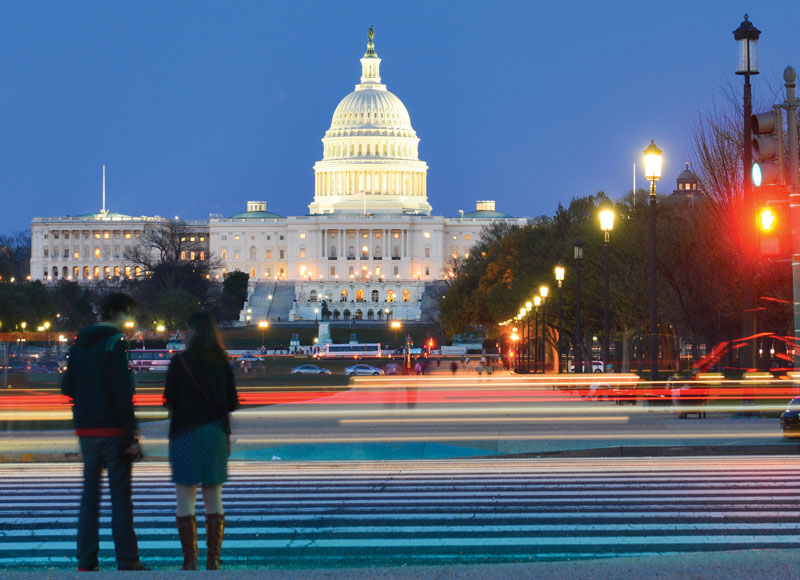
A few have been hiding in plain sight, like Chip Reid ’77, national correspondent for CBS News, and Jonathan Karl ’90, chief White House correspondent for ABC News. Others have infiltrated decision-making levels in Washington-based national media of every type: newspapers, magazines, TV, radio, film, and the web.
With 34 million readers of AARP The Magazine, you may have seen the work of Gabrielle deGroot Redford ’88. After a career in print publishing, mostly at AARP, she’s now executive editor for health across print, digital, and mobile platforms.
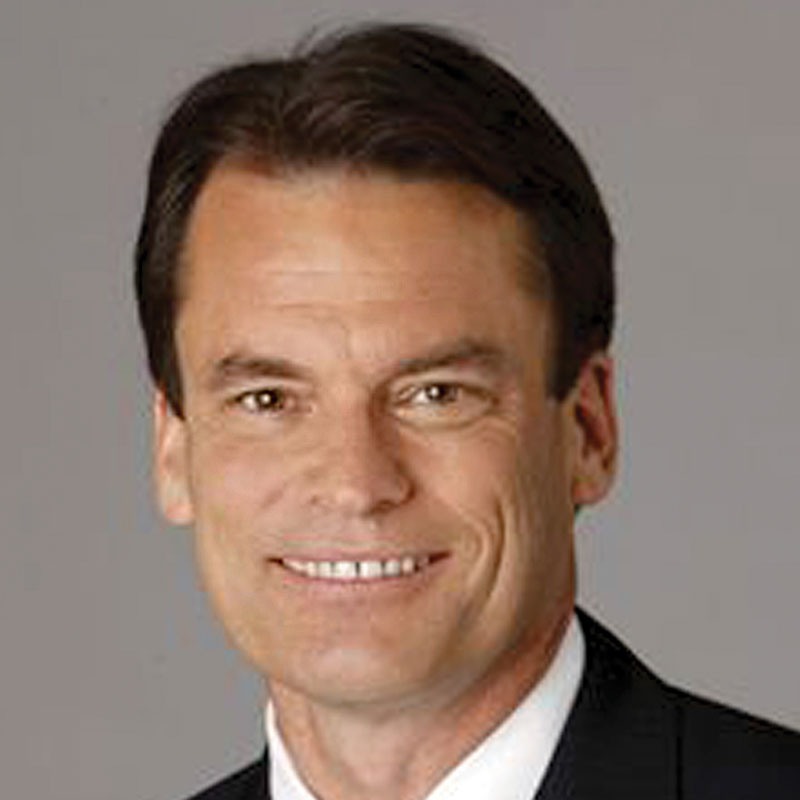
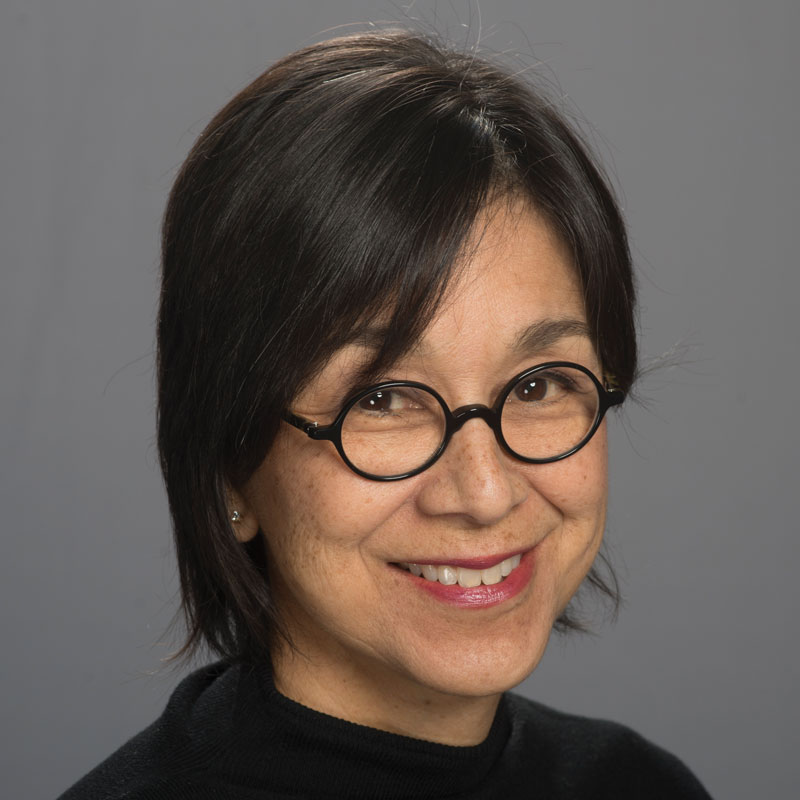
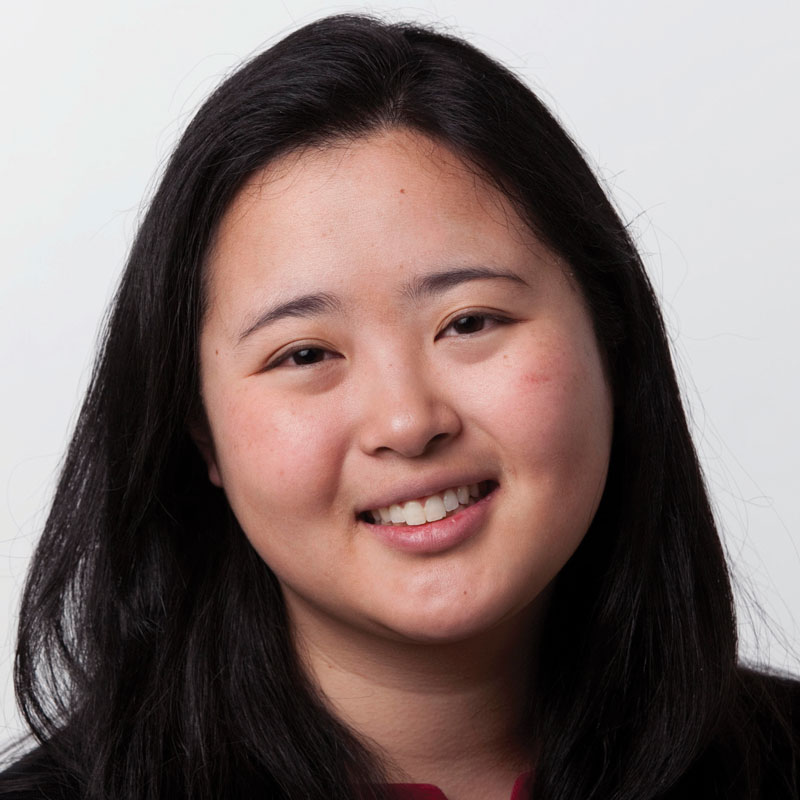
Tuning in to National Public Radio? What you hear has been orchestrated by Maryfran Tyler ’78, senior director of strategy—doubly so if it’s Weekend Edition, where Jordana Hochman ’01 is senior editor.
You don’t have to live around Washington to read the influential Washington Post. On staff are editors Zofia Smardz ’72 and Kathryn Tolbert ’74, and reporter Hayley Tsukayama ’08.
Heard about that think piece in the Atlantic? Thank Emily Lenzner ’92, vice president for global communications at the Atlantic Media Co., whom FishbowlDC has called “one of the smartest communications strategists in Washington.” Also at the Atlantic, is production director, John Kefferstan ’80.
Andrea Korzenik McCarren ’85 has anchored or reported local and national TV news for decades. In entertainment, Kate Plus 8 and 19 Kids and Counting are among the shows brought to you by Wendy Douglas ’96, vice president for East Coast production at TLC.
Some have come up through the ranks in their fields of study, such as Matt Zymet ’92, executive director of digital media at National Geographic Channel; Doug Harris ’90, director of technology at Slate; and Benjy Sarlin ’07, an MSNBC political reporter. Writers, editors, and producers came in with social science or humanities degrees—some by starting out at the Vassar Spectator or the Poughkeepsie Journal.
From College to Capitol
“For such a relatively small school to have so many graduates in journalism here, that’s amazing,” says history major Alan Neuhauser ’09, a reporter/producer at U.S. News & World Report.
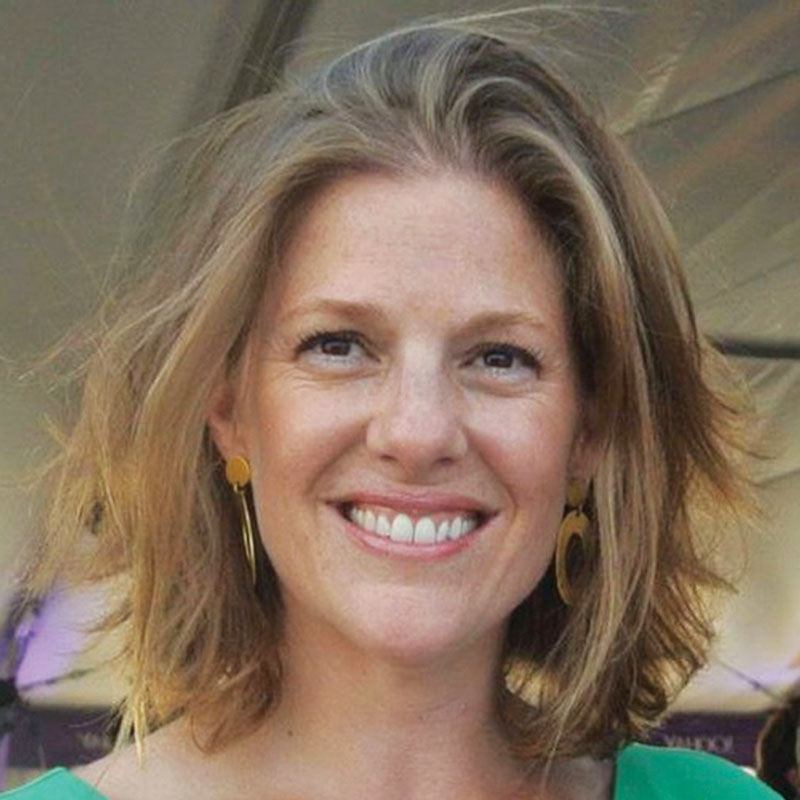
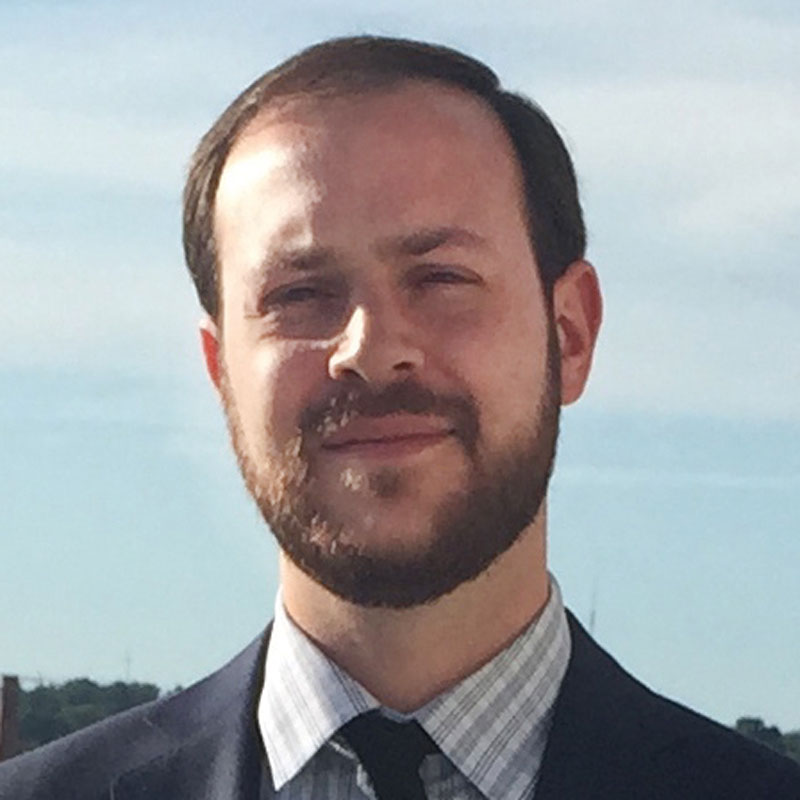
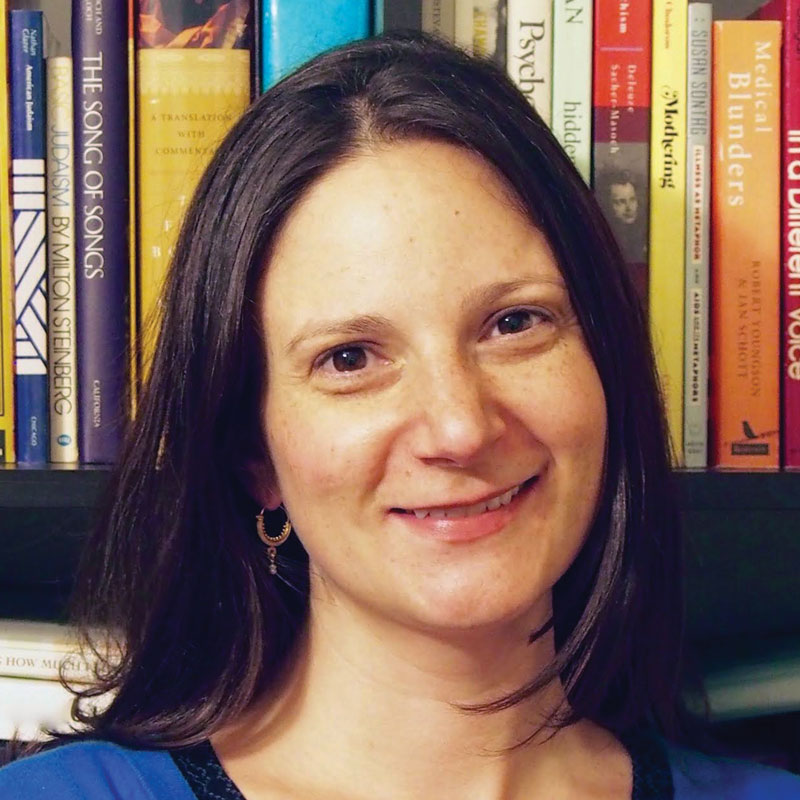
There’s no obvious pipeline from Poughkeepsie to Washington. Some media leaders and rising stars grew up in the region; some moved for employment or marriage. Some came straight from Vassar; others got a master’s in journalism or another postgrad degree.
Hochman did internships at Advocates for Youth and NPR, and finds the locals “interesting, engaged, passionate people with a sense of purpose in their work and a connection to the world.” Graduates almost unanimously describe Vassar in similar terms.
Another attraction, as Sarlin and others put it, is that “the local is national here.” While New York is the center of finance, fashion, and publishing, Washington is the center of government and politics, full of experts in think tanks, associations, and nonprofits. Says Kefferstan, “This is where news is happening.”
“People attracted to Vassar want to do something significant, not just make money,” says Reid. “For them—us—Washington’s one of the best places to go.”
“It’s a great two-career town,” adds Tolbert, noting the high proportion of couples whose marriage—such as hers—represent a media-government union. Others say they appreciate its residential nature; the history, museums, music, and art; the surfeit of recreation (Neuhauser bikes to work; Reid and his wife have three horses).
So engaged, passionate people find their match in Washington, on the job and off. Tyler, whose career went through newsprint and the Internet on the way to NPR’s business side, sees the same connection Hochman does: “We learned to think, analyze, question, research, and write. It’s hard to find someone who came through Vassar who’s not good at expressing themselves.” Whatever area of media someone’s in, says Zymet, “even while technology changes, it’s still about telling a story.”
The Technology Twist
It’s fair to say that technology has changed the way people read the news—and report it. “Print stories used to be sent to the web,” Tolbert explains. “Now we publish to the web all day. We take our own photos, write our own heads.”
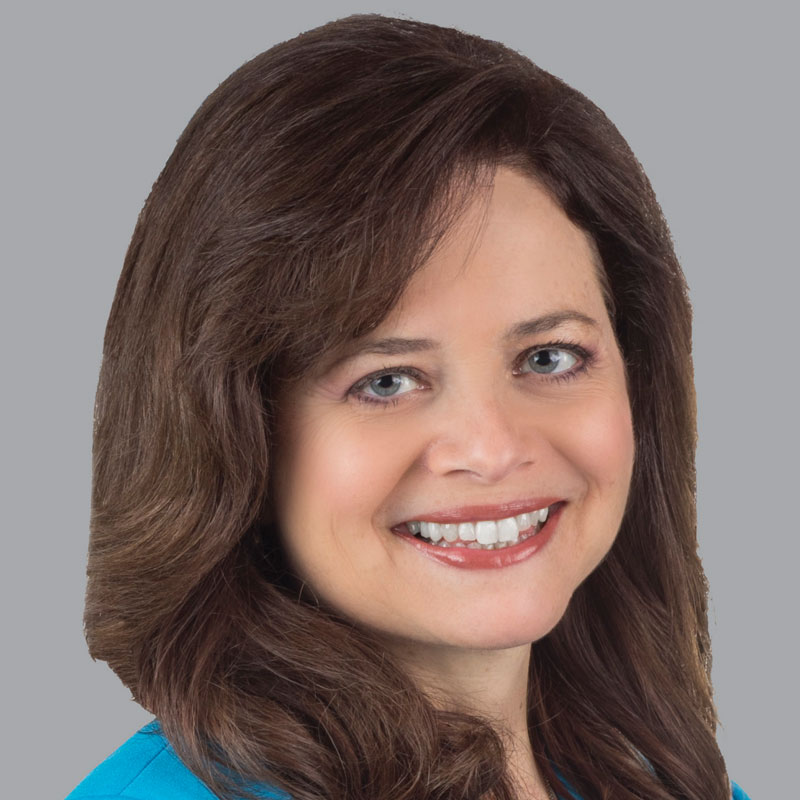
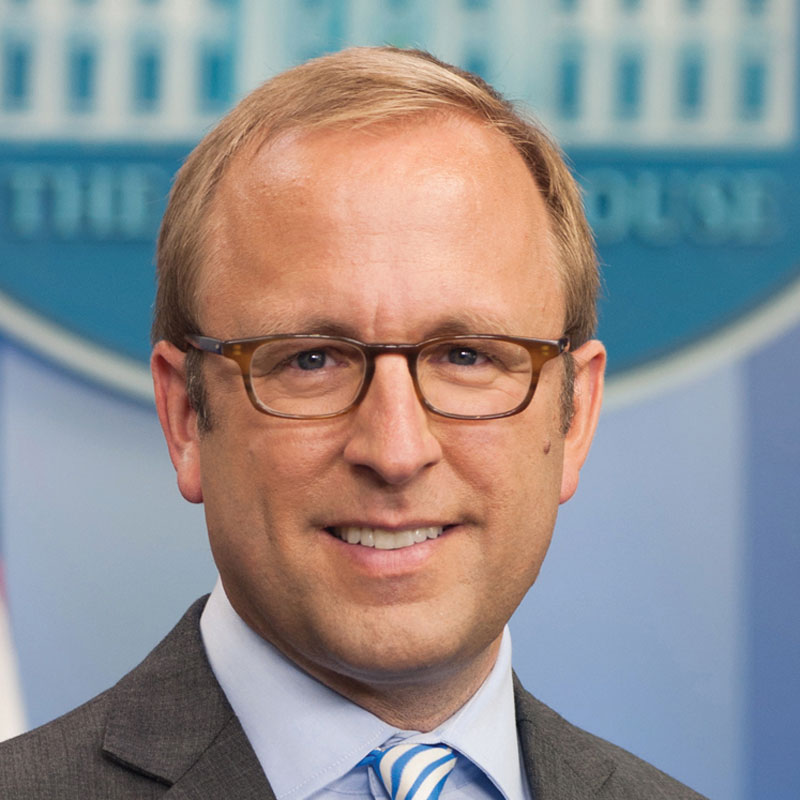
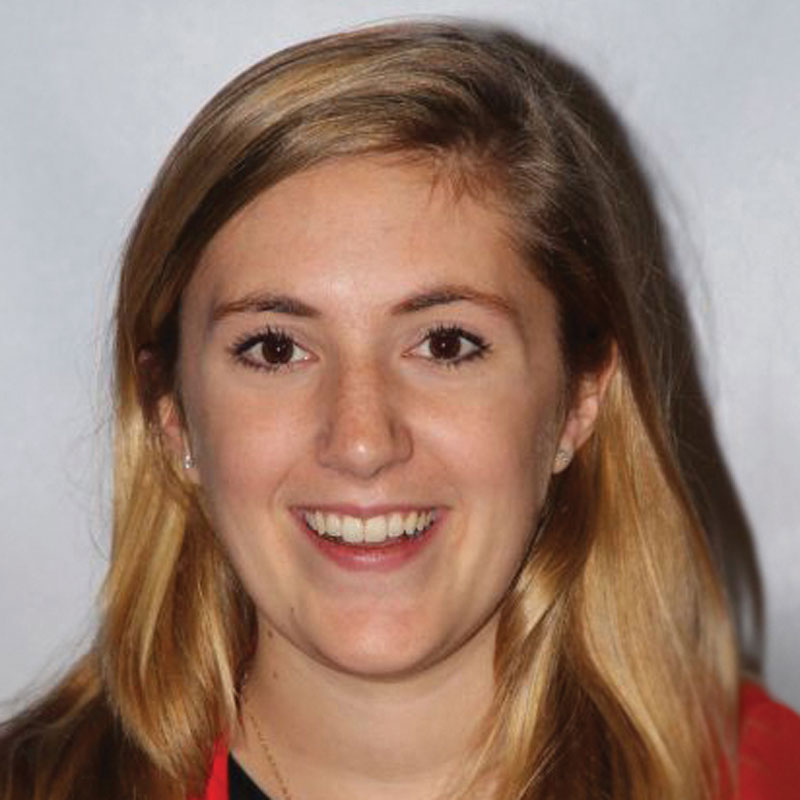
Laid off from DC’s ABC affiliate as a reporter in 2009, McCarren did a 21-state social media project that earned her a job at the CBS affiliate as a multimedia journalist. She researches on LinkedIn, monitors Twitter, shoots photo galleries, posts to Facebook, edits video, and sometimes even shows up on the newscast.
As much as journalism and related jobs have changed, not to mention media themselves—from Twitter to tablets, the Internet to Instagram—so has the audience. Attention spans have shortened, alumnae/i say, and story lengths have followed. News and entertainment are packaged and consumed differently on the Internet and handheld devices; subsequently, “traditional media have discovered multimedia storytelling—interactive maps, video, slideshows, graphs,” says Zymet.
And, of course, anonymity allows for vitriolic comments that editors and producers sweat over. As Sarlin points out, anonymous abuse of female writers and reporters “is much worse than what males get.” Says Tsukayama, “I always have to have a bit of a thicker skin.”
On the plus side, says Reid at CBS, “social media gets younger people involved in the news.” Echoing Tolbert, McCarren, and Tyler, Redford says that “some article ideas come to us through comments and social media.” Tyler adds, “You know the man-in-the-street interview? Now the sidewalk is coming to you.”
Resulting stories go well beyond the immediate market. Stories that used to run and wrap fish—or air and disappear—live forever and are seen around the world. “We’ve unintentionally become global, not local, journalists,” says McCarren.
Speed Limits and Ethics
A 24/7 news cycle in both broadcast and print often means a race to be first. “Everyone else is 20 seconds behind anyway, but we still want [news outlets] to say, ‘First reported in National Journal,’” Lenzner says of Atlantic Media’s policy trade publication.
Who wouldn’t? But haste can make waste, so these leaders advise caution. Psychology major Reid says three problems with modern journalism are that too many, especially newcomers, “value being first over being right, shallowness over depth, and nastiness or snarkiness over being respectful.” Standards have to hold fast as technology evolves, he says.
Harris, at Slate, says that it’s possible to do both. He posts a placeholder for quick-breaking news, planting the “we were here first” URL, while allowing time for writers to develop a fuller story. The Washington Post does the same. Tyler says her workplace’s content is critiqued in the NPR Ombudsman blog. AARP and Slate still have teams of fact-checkers, and even outlets without them say that an upside of online journalism is the ability to make corrections quickly.
Lenzner at Atlantic Media says another issue imposed by the speed of work—and the aggregation of online sources—is that “it’s so much easier now to plagiarize without meaning to.” Not to mention, as Tsukayama and Tyler note, it’s harder to verify all those sources in social media. (Remember the famous New Yorker cartoon caption, “On the Internet, nobody knows you’re a dog”?)
But the need for speed doesn’t pose the only dilemma. As print revenue drops, periodicals are shifting from strictly online display ads to sponsor-generated content and custom content, which can introduce ethical questions. “We posted an advertorial from the Church of Scientology a few years ago,” Atlantic Media’s Kefferstan remembers. “The labeling was fuzzy. We decided we needed to create standards.”
The line between reporter and blogger has blurred, too, says Tsukayama. Besides covering consumer tech, she blogs and hosts a weekly chat with Washington Post readers. The Wild West of bloggers that Sarlin analyzed in his Vassar thesis has mainly been absorbed by mainstream media.
Jobs themselves have changed with technology. For every traditional journalist like Zoë Carpenter ’11, assistant Washington editor of the Nation, there’s now an Adam Serwer ’05, national editor of digital, image-driven Buzzfeed, “the media company for the social age.” Peace and conflict studies major Daniel Ming ’10 freelances as a digital producer/substitute cohost on Al Jazeera English, a mix of new media and old.
Reid is concerned that with hundreds of TV channels and millions of websites, “you can get news tailored to your interests—only partisan politics or technology or baseball. You can be completely ignorant of all other issues.”
Carrying that a step further, Smardz at the Post says democracy depends on the populace having “a wealth of political and cultural information from well-informed, thoughtful sources. If that disappears, we have a problem. Blog posts can be valuable, but day in and day out, you need researched, in-depth, serious news.”
Over at Channel 9, though, McCarren sees an upside for democracy. The anthropology major is filing Freedom of Information Act requests online and finding plenty of records where anyone can find them, rather than buried in some courthouse drawer; it’s all there—databases, testimony, charging documents, criminal records. “Transparency is great for the public,” she says. Louise Dufresne ’13, associate producer of CBS’s Face the Nation, notes that the rise of social media has given the illusion of more freedom of the press. Politicians and corporations can reach out directly, avoiding mainstream media, but this “makes news outlets more important than ever. Readers can get their information anywhere. They can’t get context anywhere.”
